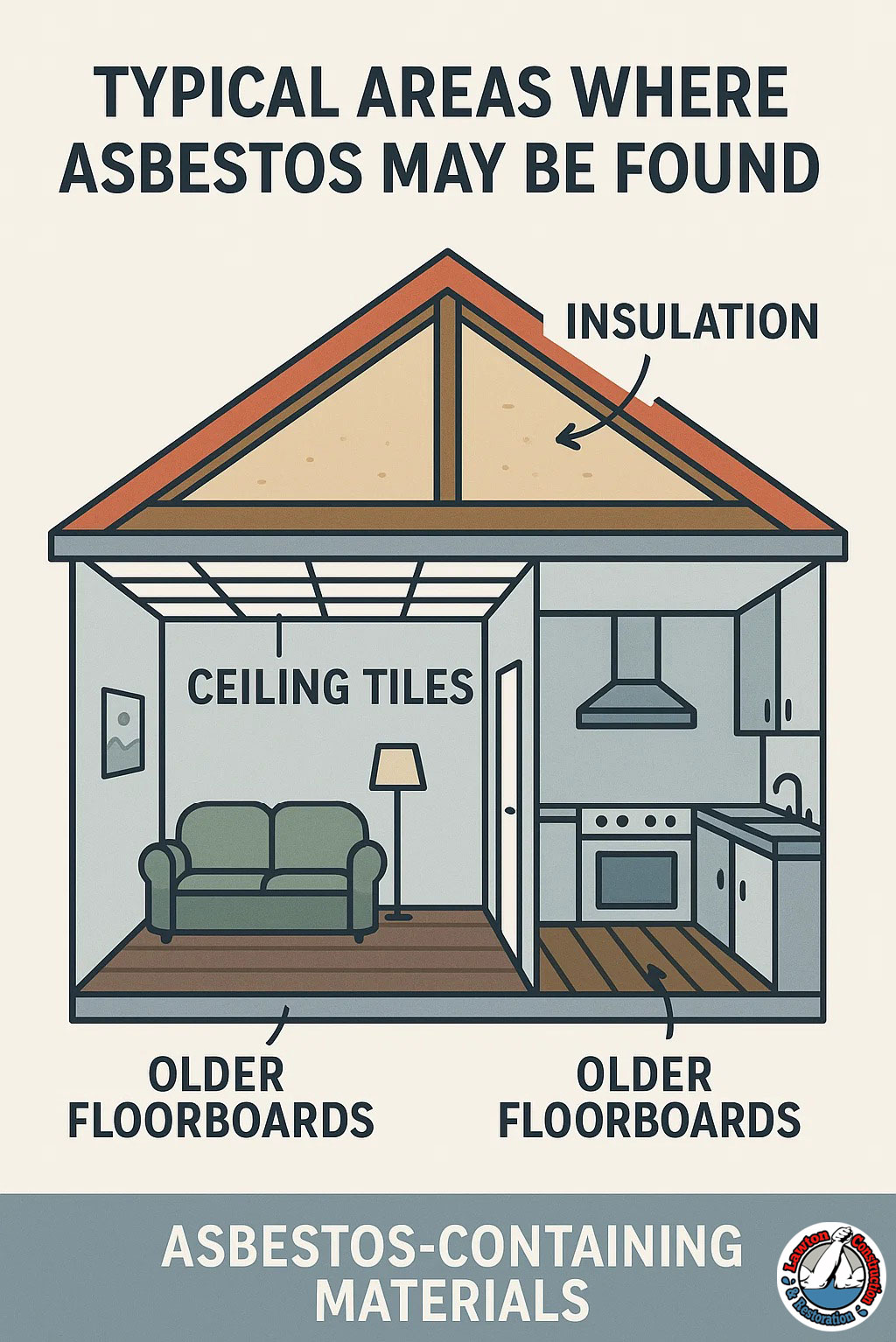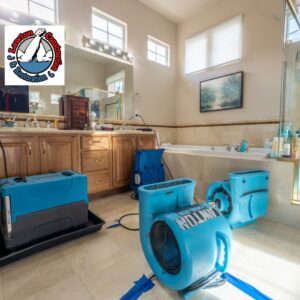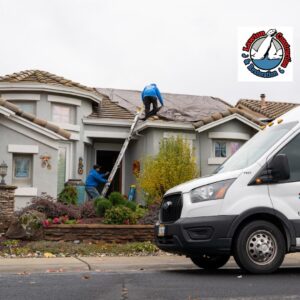Expert Handling of Dangerous Asbestos: Your Safety, Our Priority

Table of Contents
Introduction
Have you ever wondered what makes asbestos so dangerous, and why it demands expert handling? While asbestos was once hailed for its durability and heat resistance, today we know it poses serious health risks that cannot be ignored. From airborne asbestos fibers to toxic asbestos exposure dangers, this hazardous material can lead to devastating diseases such as mesothelioma and asbestosis if not managed properly. Understanding these risks is crucial—not just for homeowners and business owners, but for anyone who might come into contact with asbestos insulation, ceiling tiles, or roofing materials.
In this blog, we’ll explore why professional asbestos abatement and certified asbestos specialists are essential when dealing with this deadly substance. Whether you’re concerned about identifying dangerous asbestos or want to learn about safe asbestos removal techniques, we’re here to guide you every step of the way. Your safety is our priority, and by following established asbestos safety protocols, you can protect yourself and your loved ones from the long-term dangers of asbestos exposure. Let’s dive in and uncover everything you need to know about expert asbestos handling.
Understanding Asbestos and Its Risks
Have you ever asked yourself, “What makes asbestos so dangerous?” The truth is, not all asbestos is created equal, but all forms carry some level of risk that shouldn’t be underestimated. Asbestos is a naturally occurring mineral once widely used in construction because of its heat resistance and durability. However, when asbestos fibers become airborne and are inhaled, they turn into a toxic hazard with potentially deadly consequences.
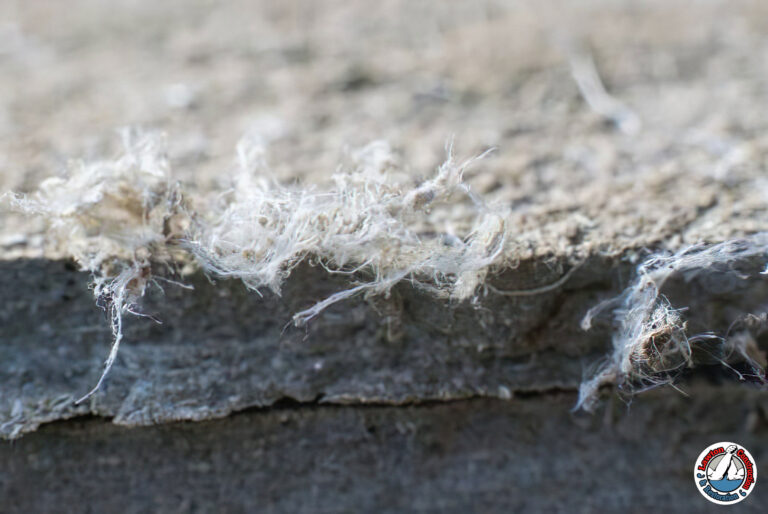
Let’s break down the key aspects of asbestos risks you need to know:
- Airborne asbestos fibers are the primary threat. When materials containing asbestos are damaged or disturbed, microscopic fibers are released into the air and can easily be inhaled.
- Friable asbestos hazards refer to asbestos materials that crumble easily, releasing more fibers and increasing exposure dangers.
- The types of asbestos matter. For example, amphibole asbestos dangers (including crocidolite and amosite) are often considered more harmful than chrysotile, though both carry serious risks.
- Long-term exposure to these hazardous asbestos fibers is linked to severe health problems such as asbestos-related diseases, including mesothelioma and lung cancer.
But here’s the big question: Is all asbestos dangerous?lo While some forms are more toxic than others, no type of asbestos should be considered safe. Even the common chrysotile asbestos risks demand caution.
Understanding these facts is the first step in protecting yourself and others. It’s not just about fear—it’s about being informed and proactive when dealing with materials that may contain dangerous asbestos.
Next, we’ll look at why trusting certified asbestos specialists for inspection and removal isn’t just smart—it’s essential for your safety.
Importance of Professional Asbestos Handling
When it comes to dealing with asbestos, have you ever wondered why hiring an expert is absolutely necessary? You might be tempted to handle minor asbestos issues yourself or trust unlicensed contractors to save time and money. However, dangerous asbestos removal is far more complex and hazardous than it appears—and mistakes can have serious consequences for your health and property.
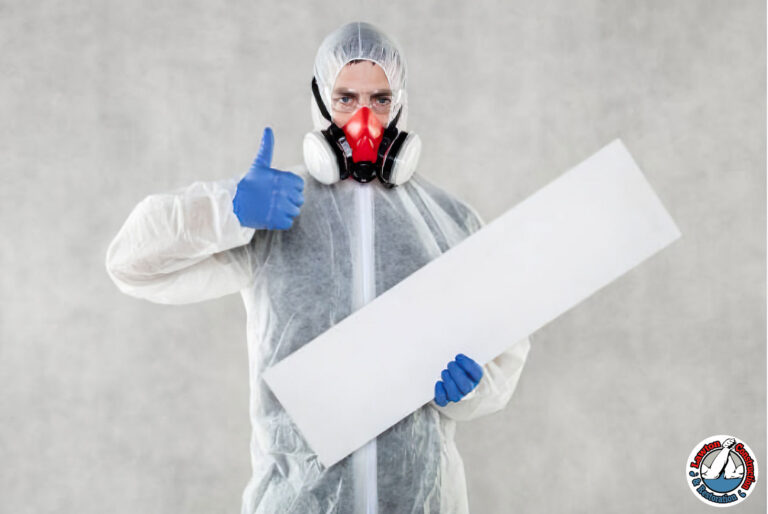
Here’s why professional asbestos handling is non-negotiable:
- Certified asbestos specialists have the training and equipment to manage asbestos safely, minimizing the risk of asbestos exposure dangers for everyone involved.
- Licensed contractors follow strict asbestos safety protocols designed to contain and remove toxic asbestos fibers without contaminating your home or workspace.
- DIY attempts or untrained removal can release more friable asbestos hazards into the air, dramatically increasing your risk of developing asbestos-related diseases like mesothelioma.
- Professionals understand the legal regulations and ensure full compliance with state and federal guidelines, protecting you from potential fines and liability.
To put it simply, expert handling means peace of mind. It guarantees the job is done right the first time, preventing hidden dangers that could linger long after a careless removal attempt. When your safety is on the line, why settle for anything less than licensed, professional asbestos abatement?
In the next section, we’ll explore how these experts identify and test for asbestos, ensuring a thorough and safe approach before removal even begins.
Safe Asbestos Inspection and Testing Procedures
Before any removal takes place, one critical question must be answered: “Is there asbestos here, and if so, how dangerous is it?” Proper asbestos inspection and testing are the foundation of any safe handling strategy. Whether you’re renovating, buying an older property, or suspect something isn’t quite right, knowing how to identify dangerous asbestos can protect your health—and potentially save lives.

Here’s what you can expect during a professional asbestos inspection:
- Visual Assessment
A certified specialist will begin with a careful examination of areas where asbestos is commonly found, such as:- Insulation around pipes and ducts
- Ceiling tiles
- Floor tiles
- Roofing materials
- Wall panels
- Insulation around pipes and ducts
- These materials are often associated with asbestos insulation dangers and asbestos ceiling tile hazards, especially in structures built before the 1990s.
- Material Sampling
If the inspector suspects asbestos, they’ll collect a small sample following strict asbestos safety protocols to avoid releasing airborne asbestos fibers. Samples are then sent to a certified lab for analysis. - Lab Testing and Risk Assessment
The lab identifies the type of asbestos present—whether it’s the more common chrysotile or more toxic amphibole asbestos types like crocidolite or amosite. Understanding the asbestos type helps determine the level of danger and guides the professional asbestos abatement plan. - Reporting and Action Plan
Once testing is complete, you’ll receive a detailed report outlining:- Locations and quantities of asbestos
- Condition of the material (e.g., friable or non-friable)
- Recommended next steps
- Locations and quantities of asbestos
Knowing what makes asbestos dangerous isn’t always obvious—especially if it’s hidden behind walls or ceilings. That’s why relying on asbestos safety experts for thorough testing is essential before taking any action.
In the next section, we’ll walk through the step-by-step process of how professionals safely remove and contain asbestos—because knowing it’s there is just the beginning.
Effective Asbestos Removal and Containment Strategies
So, you’ve confirmed the presence of asbestos—now what? This is where the real work begins. Dangerous asbestos removal isn’t just about tearing out old materials; it’s a carefully orchestrated process designed to prevent the spread of airborne asbestos and protect everyone involved.
You might be wondering: “What does safe asbestos removal actually involve?” Let’s break it down.
1. Site Preparation and Containment
Before removal starts, the area is sealed off to prevent contamination. This includes:
- Installing plastic sheeting to isolate the work zone
- Shutting down HVAC systems to avoid spreading toxic asbestos fibers
- Setting up negative air pressure units to keep particles contained
This step is vital for stopping the release of friable asbestos hazards that can easily become airborne and lodge in the lungs.
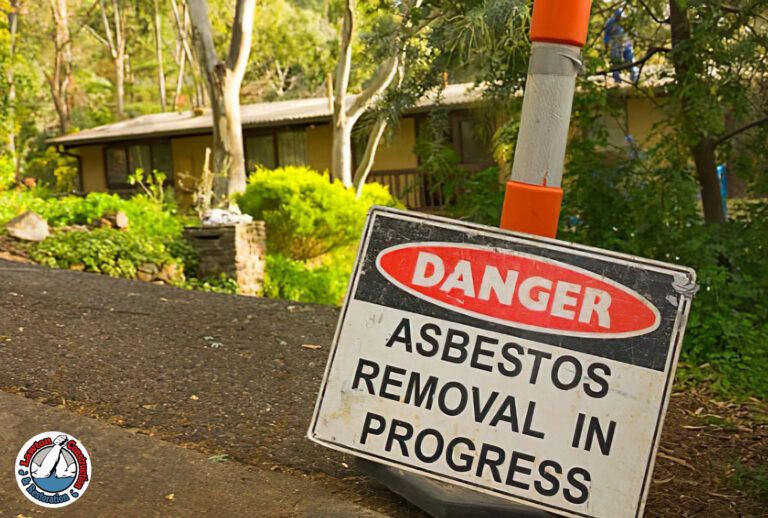
2. Protective Equipment and Safety Measures
Licensed asbestos contractors wear full personal protective equipment (PPE), including:
- HEPA-filtered respirators
- Disposable coveralls
- Gloves and goggles
These aren’t optional—they’re part of strict asbestos safety protocols designed to reduce asbestos exposure dangers during the entire process.
3. Careful Removal of Asbestos-Containing Materials
Whether it’s asbestos insulation, ceiling tiles, or roofing, each item is carefully removed by hand to avoid breaking or crumbling the material.
To minimize risks:
- Materials are kept wet to reduce fiber release
- Debris is double-bagged in approved asbestos waste containers
- Labeled and documented for legal disposal
4. Professional Cleanup and Decontamination
Once removal is complete:
- All surfaces are wiped down and HEPA-vacuumed
- Air is tested to ensure no residual asbestos remains
- Waste is transported to a licensed disposal facility
These meticulous steps aren’t just about following regulations—they’re about protecting your home, your health, and your future.
Up next, we’ll look at what happens after the removal: post-remediation testing, ongoing monitoring, and how to ensure your space remains safe long after the experts leave.
Post-Removal Safety Measures and Ongoing Monitoring
So, the asbestos is gone—should you breathe a sigh of relief? Yes—but not just yet. The final step in expert asbestos handling is making sure your space is not only clean, but continuously safe moving forward. Proper post-removal care ensures that no lingering asbestos exposure dangers threaten your home, your workplace, or your peace of mind.
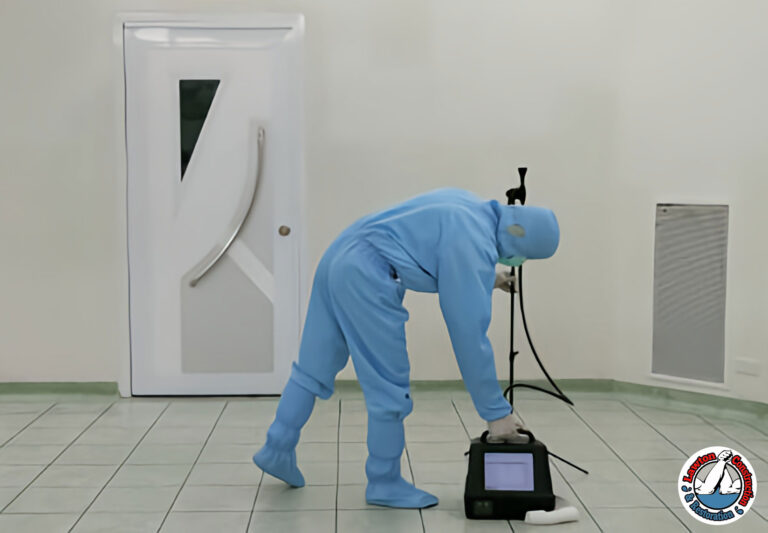
Let’s walk through what should happen after the last bag of hazardous asbestos has been hauled away.
1. Final Air Quality Testing
Once all materials have been removed, professional asbestos safety experts will conduct:
- HEPA vacuuming and surface cleaning to remove any remaining particles
- Clearance air monitoring, using sensitive equipment to detect residual airborne asbestos
- Certified lab analysis to confirm that the air meets safe, legal standards
This final check isn’t just a formality—it’s your assurance that the space is truly safe to reoccupy.
2. Documentation and Clearance Reports
You should receive a detailed report outlining:
- Materials removed and disposal records
- Areas cleaned and tested
- Lab results from post-removal air monitoring
This documentation is especially important for property owners, as it provides proof of professional asbestos abatement and compliance with safety regulations.
3. Long-Term Monitoring and Prevention
While professional removal is effective, there’s always a chance that asbestos-related materials exist in areas that weren’t part of the initial project. To stay safe:
- Schedule periodic inspections, especially before future renovations
- Educate occupants on the signs of hidden asbestos ceiling tile hazards or insulation concerns
- Partner with licensed asbestos contractors if anything suspicious is discovered
Prevention is key. Ongoing vigilance helps minimize the risk of asbestosis and other long-term asbestos-related diseases.
4. Tips for Maintaining a Safe Environment
Even after successful abatement, keep these practices in mind:
- Avoid drilling, sanding, or disturbing old construction materials
- Monitor previously treated areas for signs of wear or damage
- Store your asbestos clearance report in a safe place—it’s part of your home’s health history
Your journey doesn’t end with removal—it continues with informed maintenance and proactive care. Up next, we’ll bring it all together in a concise conclusion to help you move forward with confidence and clarity.
Conclusion: Protecting What Matters Most
Now that you understand the real dangers of asbestos and the importance of expert handling, let’s ask the most important question: Are you doing everything you can to protect your health and the safety of those around you?

Whether you’re dealing with aging insulation, suspect ceiling tiles, or materials left behind in an older building, the risk of asbestos exposure dangers is not something to overlook. From the invisible threat of airborne asbestos fibers to the devastating reality of asbestos-related diseases like mesothelioma, the consequences of inaction can be lifelong.
But here’s the good news—you’re not alone in this. With the help of certified asbestos specialists and licensed asbestos contractors, you can take confident steps toward a cleaner, safer environment. When handled correctly, even the most hazardous asbestos can be identified, removed, and contained without putting your home or business at risk.
Still wondering what makes asbestos dangerous or whether your property might be affected? Don’t wait for symptoms to surface or regulations to force action. Be proactive.
Your safety—and peace of mind—deserves nothing less than professional care backed by strict asbestos safety protocols and real expertise. Because when it comes to something as serious as toxic asbestos, cutting corners isn’t just risky—it’s deadly.
Ready to take the next step? Reach out to an expert today, schedule an inspection, and ensure that what you can’t see won’t hurt you tomorrow.
